Kia Stonic vs Toyota C-HR - Differences and prices compared
Costs and Efficiency:
Price and efficiency are key factors when choosing a car – and this is often where the real differences emerge.
Kia Stonic has a decisively advantage in terms of price – it starts at 20100 £, while the Toyota C-HR costs 29100 £. That’s a price difference of around 9000 £.
Fuel consumption also shows a difference: Toyota C-HR manages with 0.80 L and is therefore clearly more efficient than the Kia Stonic with 5.60 L. The difference is about 4.80 L per 100 km.
Engine and Performance:
Power, torque and acceleration are the classic benchmarks for car enthusiasts – and here, some clear differences start to show.
When it comes to engine power, the Toyota C-HR has a convincingly edge – offering 223 HP compared to 115 HP. That’s roughly 108 HP more horsepower.
In acceleration from 0 to 100 km/h, the Toyota C-HR is decisively quicker – completing the sprint in 7.40 s, while the Kia Stonic takes 10.70 s. That’s about 3.30 s faster.
In terms of top speed, the Kia Stonic performs minimal better – reaching 182 km/h, while the Toyota C-HR tops out at 180 km/h. The difference is around 2 km/h.
Space and Everyday Use:
Whether family car or daily driver – which one offers more room, flexibility and comfort?
Seats: offers more seating capacity – vs .
In curb weight, Kia Stonic is evident lighter – 1205 kg compared to 1505 kg. The difference is around 300 kg.
In terms of boot space, the Toyota C-HR offers distinct more room – 447 L compared to 352 L. That’s a difference of about 95 L.
In maximum load capacity, the performs better – up to , which is about more than the .
When it comes to payload, Kia Stonic barely noticeable takes the win – 445 kg compared to 425 kg. That’s a difference of about 20 kg.
Who comes out on top?
Overall, the Toyota C-HR shows itself to be wins the duel decisively and secures the title of DriveDuel Champion.
It convinces with the more balanced overall package and proves to be the more versatile choice for everyday use.
 @ Toyota Motor Corporation
@ Toyota Motor Corporation
Toyota C-HR
Costs and Consumption
View detailed analysis
Engine and Performance
View detailed analysis
Dimensions and Body
View detailed analysis
Kia Stonic
The Kia Stonic is a sprightly compact crossover that mixes city-friendly agility with a cheeky, modern design — perfect for buyers who want style without sacrificing sense. Inside it serves up clever practicality and a bright, well-equipped cabin, making everyday driving feel a bit more fun than it has any right to be.
details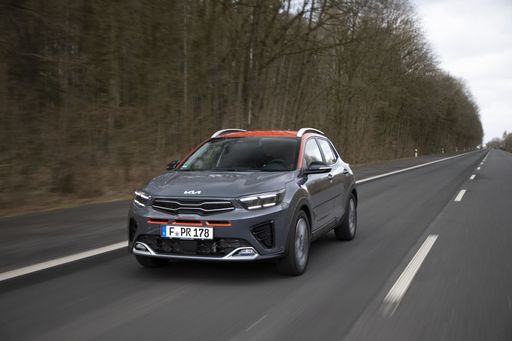 @ Kia Corporation
@ Kia Corporation
 @ Kia Corporation
@ Kia Corporation
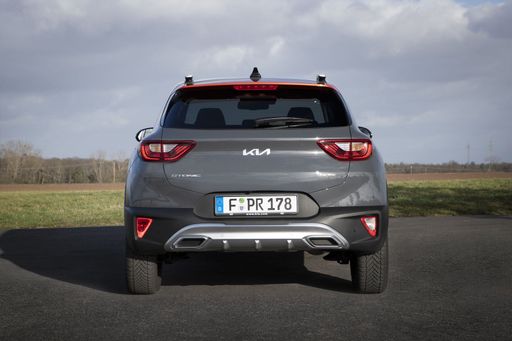 @ Kia Corporation
@ Kia Corporation
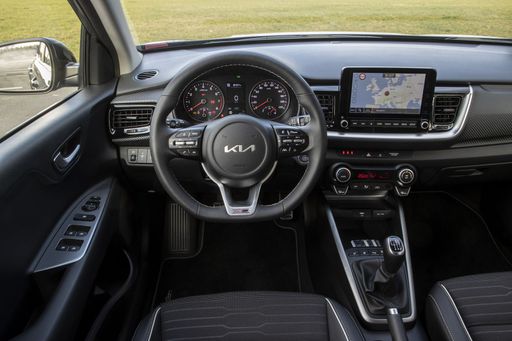 @ Kia Corporation
@ Kia Corporation
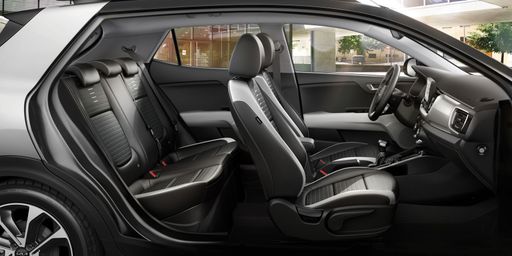 @ Kia Corporation
@ Kia Corporation
Toyota C-HR
The Toyota C-HR cuts a striking figure with its angular styling and coupe-like profile, so you’ll never go unnoticed in the supermarket car park. It balances everyday practicality with a nimble, city-friendly personality, making routine commutes feel a touch more fun without asking for forgiveness.
details @ Toyota Motor Corporation
@ Toyota Motor Corporation
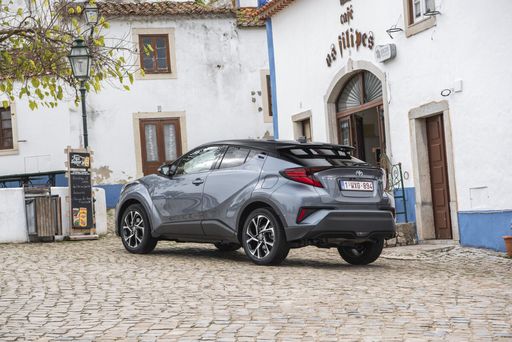 @ Toyota Motor Corporation
@ Toyota Motor Corporation
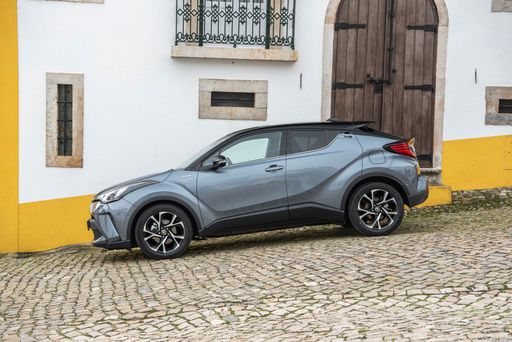 @ Toyota Motor Corporation
@ Toyota Motor Corporation
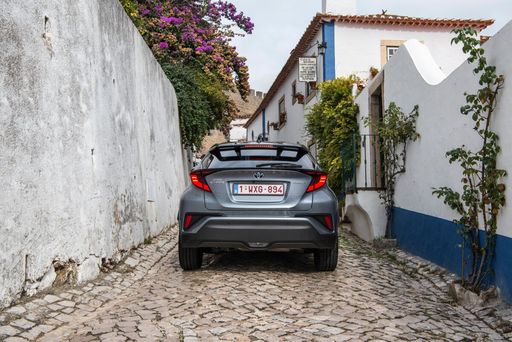 @ Toyota Motor Corporation
@ Toyota Motor Corporation
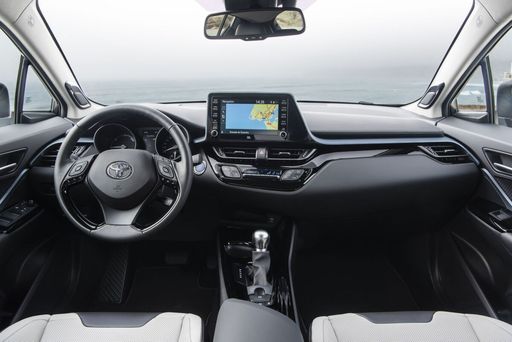 @ Toyota Motor Corporation
@ Toyota Motor Corporation
 @ Kia Corporation
@ Kia Corporation
|
 @ Toyota Motor Corporation
@ Toyota Motor Corporation
|
|
|
|
Costs and Consumption |
|
|---|---|
|
Price
20100 - 26600 £
|
Price
29100 - 42800 £
|
|
Consumption L/100km
5.6 - 5.9 L
|
Consumption L/100km
0.8 - 5.1 L
|
|
Consumption kWh/100km
-
|
Consumption kWh/100km
-
|
|
Electric Range
-
|
Electric Range
68 km
|
|
Battery Capacity
-
|
Battery Capacity
-
|
|
co2
127 - 133 g/km
|
co2
17 - 115 g/km
|
|
Fuel tank capacity
45 L
|
Fuel tank capacity
43 L
|
Dimensions and Body |
|
|---|---|
|
Body Type
SUV
|
Body Type
SUV
|
|
Seats
5
|
Seats
5
|
|
Doors
5
|
Doors
5
|
|
Curb weight
1205 - 1270 kg
|
Curb weight
1505 - 1755 kg
|
|
Trunk capacity
352 L
|
Trunk capacity
350 - 447 L
|
|
Length
4165 mm
|
Length
4362 mm
|
|
Width
1760 mm
|
Width
1832 mm
|
|
Height
1520 mm
|
Height
1558 - 1564 mm
|
|
Max trunk capacity
1155 L
|
Max trunk capacity
1076 - 1155 L
|
|
Payload
440 - 445 kg
|
Payload
375 - 425 kg
|
Engine and Performance |
|
|---|---|
|
Engine Type
Petrol, Petrol MHEV
|
Engine Type
Full Hybrid, Plugin Hybrid
|
|
Transmission
Manuel, Automatic
|
Transmission
Automatic
|
|
Transmission Detail
Manual Gearbox, Dual-Clutch Automatic
|
Transmission Detail
CVT
|
|
Drive Type
Front-Wheel Drive
|
Drive Type
Front-Wheel Drive, All-Wheel Drive
|
|
Power HP
100 - 115 HP
|
Power HP
140 - 223 HP
|
|
Acceleration 0-100km/h
10.7 - 12.1 s
|
Acceleration 0-100km/h
7.4 - 9.9 s
|
|
Max Speed
179 - 182 km/h
|
Max Speed
175 - 180 km/h
|
|
Torque
172 - 200 Nm
|
Torque
-
|
|
Number of Cylinders
3
|
Number of Cylinders
4
|
|
Power kW
74 - 85 kW
|
Power kW
103 - 164 kW
|
|
Engine capacity
998 cm3
|
Engine capacity
1798 - 1987 cm3
|
General |
|
|---|---|
|
Model Year
2025
|
Model Year
2024 - 2025
|
|
CO2 Efficiency Class
D
|
CO2 Efficiency Class
C, B
|
|
Brand
Kia
|
Brand
Toyota
|
Is the Kia Stonic offered with different drivetrains?
The Kia Stonic is offered with Front-Wheel Drive.
The prices and data displayed are estimates based on German list prices and may vary by country. This information is not legally binding.
